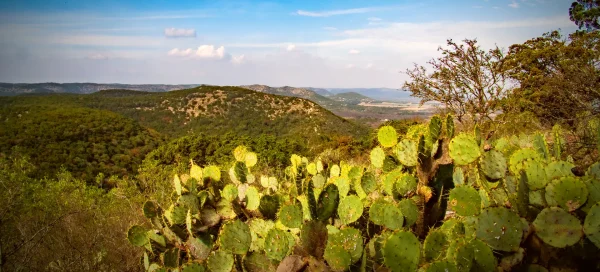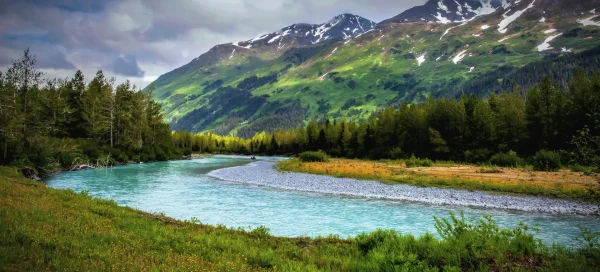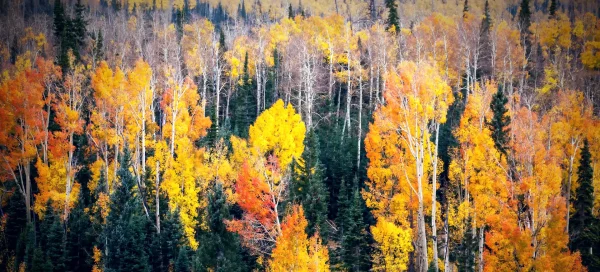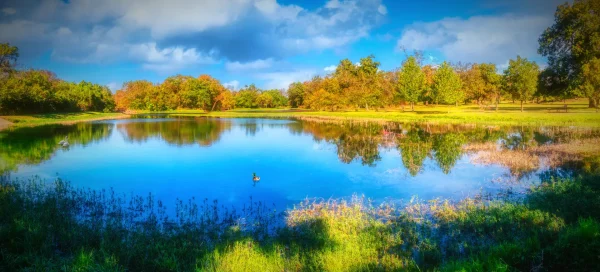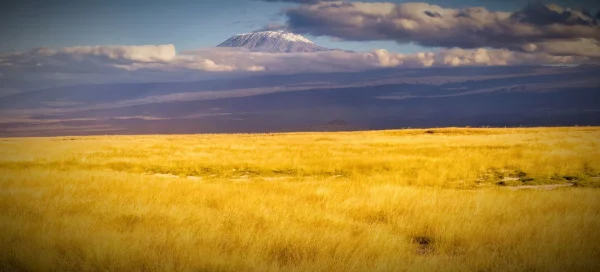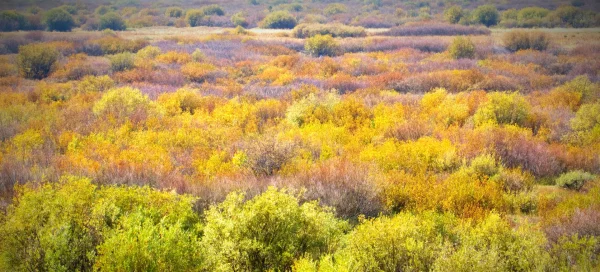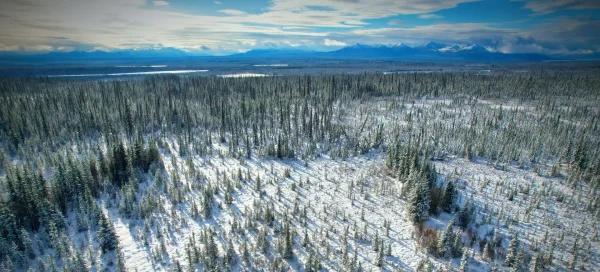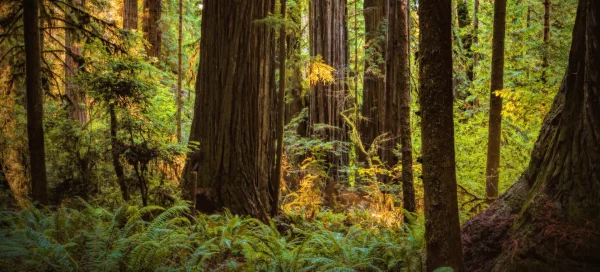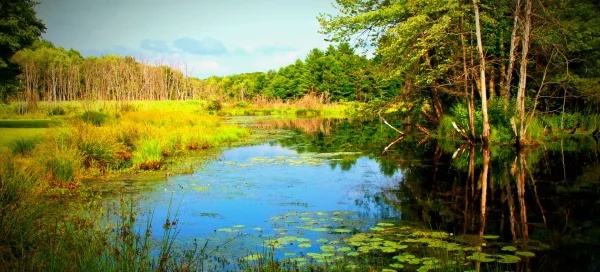Overview
Despite its name and appearance, the Northern Waterthrush, Parkesia noveboracensis, is not a true thrush but a dynamic member of the warbler family, showcasing the diversity and complexity of avian classification. Its distinctive plumage, marked by olive-brown upperparts, intricately streaked underparts, and a striking white eyebrow stripe, makes it a unique sight within its preferred wet and wooded habitats. These birds are most commonly found along the margins of streams, swamps, and other water-rich environments, where their behavior of walking along the ground and tail bobbing is characteristic as they search for their insect and larva prey, illustrating their specialized adaptation to such ecosystems.
With the arrival of the breeding season, the woods echo with the Northern Waterthrush’s vibrant song, a musical trill that serves multiple purposes, from delineating territory to attracting a mate. This auditory display highlights the bird’s presence across its breeding grounds in the boreal forests and northern stretches of North America before it embarks on its extensive migratory route to wintering habitats in the warmer climates of Central and South America. The bird’s ability to navigate vast distances between these seasonal habitats underscores its remarkable migratory capabilities, a feat made possible by the species’ innate navigation skills and the availability of suitable stopover sites that offer refuge and sustenance along the way.
Despite the myriad of challenges posed by environmental changes, including habitat loss due to human encroachment and the impacts of pollution, the Northern Waterthrush exhibits a resilience that has enabled it to maintain stable populations across its range. This stability can be largely attributed to its adaptability, finding refuge in protected wetland habitats that support its feeding and breeding requirements. The continued conservation of these critical wetland areas is essential for the sustenance of the Northern Waterthrush, highlighting the interconnectedness of healthy ecosystems and the survival of migratory bird species.
Taxonomy
Kingdom
Phylum
Class
Order
Family
Genus
Species
Type
Physical Description:
The Northern Waterthrush is a robust warbler measuring about 5 to 6 inches long with a wingspan ranging from 8.3 to 9.4 inches. Its plumage is designed for camouflage in its natural habitat, with olive-brown upperparts that blend seamlessly into the dense, wet woodland and swamp environments it prefers. The underparts are white, heavily streaked with dark brown, creating a striking contrast that aids identification. The distinctive white eyebrow stripe extends from the bill to beyond the eye, setting it apart from similar species.
The Northern Waterthrush’s legs are pinkish-brown, and its bill is relatively long and pointed, well-suited for probing mud and water for food. It exhibits little sexual dimorphism, with males and females appearing similar in plumage. Juveniles resemble adults but may have a slightly duller overall appearance. The physical attributes of the Northern Waterthrush, including its powerful legs and elongated body, reflect its adaptation to a life spent foraging along the water’s edge.

Lifespan: Wild: ~4 Years || Captivity: ~8 Years

Weight: Male & Female: 0.6-0.9 ounces (17-25 g)

Length: Male & Female: 5-6 inches (13-15 cm)
Characteristic:
Native Habitat:
The Northern Waterthrush breeds in the boreal and northern hardwood forests across Canada and the northeastern United States, extending into Alaska. It strongly prefers wet, densely vegetated areas near bodies of water, such as streams, swamps, and bogs. The dense cover and abundant insect life in these habitats provide ideal breeding, nesting, and foraging conditions.
During migration, the Northern Waterthrush uses a variety of wetland and woodland habitats as stopover points to rest and refuel. Its wintering grounds are in the tropics, ranging from southern Mexico through Central America to the northern parts of South America, where it inhabits forested swamps, mangroves, and coastal wetlands. The conservation of these habitats across its migratory range is essential for the species’ continued survival.
Climate Zones:
Biogeographical Realms:
Continents:
Countries:
Diet:
Diet & Feeding Habits:
The Northern Waterthrush is primarily insectivorous, with a diet consisting of a wide variety of aquatic and terrestrial invertebrates, including insects, larvae, spiders, and occasionally small snails and crustaceans. It forages methodically along the muddy edges of streams, ponds, and swamps, using its sharp bill to probe under leaves, in the water, and along the banks for prey. This bird’s foraging behavior is distinctive, as it walks rather than hops and is frequently seen bobbing its tail while moving along the water’s edge.
The Northern Waterthrush’s diet reflects its dependency on healthy, insect-rich wetland environments. During migration, it may also feed on berries and other small fruits to supplement its insect diet, showcasing its adaptability to various food sources along its migratory route. The preservation of wetland habitats is crucial for maintaining the food supply and foraging grounds necessary for the survival of this species.
Mating Behavior:
Mating Description:
The Northern Waterthrush engages in a monogamous mating system, with pairs forming shortly after the birds arrive at their breeding grounds. Males establish territories and attract females through their musical and varied songs, defending territory and signaling readiness to mate. The female builds a well-concealed nest on the ground or in a low bush, typically near water, using moss, grass, and leaves lined with finer materials such as hair and feathers.
After mating, the female lays a clutch of 4 to 6 creamy white eggs, speckled with brown, which she incubates for about 12 to 14 days. Both parents participate in feeding the altricial young, who leave the nest approximately 10 days after hatching but remain dependent on their parents for several more weeks. The breeding season underscores the importance of undisturbed, wetland habitats for nesting and raising young, highlighting the need for continued habitat protection efforts.
Reproduction Season:
Birth Type:
Pregnancy Duration:
Female Name:
Male Name:
Baby Name:
Social Structure Description:
The Northern Waterthrush exhibits solitary behavior outside of the breeding season, with individuals maintaining territories that they defend vigorously against intruders. During migration, however, they may be seen in mixed-species flocks, utilizing shared resources along migratory pathways. The breeding season brings a temporary shift towards social pair bonds, with male and female pairs cooperating to nest and raise their young.
This solitary nature emphasizes the importance of ample territory for foraging and nesting, underscoring the need for large, contiguous wetland habitats. Understanding the social and territorial behaviors of the Northern Waterthrush is key to managing their habitat requirements and ensuring the species’ conservation.
Groups:
Conservation Status:
Population Trend:
The Northern Waterthrush is currently classified as Least Concern by the IUCN, indicating that it does not face an immediate threat of extinction. This status is attributed to the bird’s broad geographic range and the stability of its population in many areas. However, the Northern Waterthrush is susceptible to habitat loss and degradation due to wetland drainage, deforestation, and pollution, particularly in its breeding and wintering grounds.
Conservation efforts for the Northern Waterthrush focus on protecting and restoring wetland habitats, enforcing regulations to minimize pollution, and ensuring the preservation of critical stopover sites along its migratory route. Public education and community involvement are also important in raising awareness of the species and its habitat needs, contributing to conservation initiatives that benefit the Northern Waterthrush and other wetland-dependent species.
Population Threats:
The Northern Waterthrush faces several threats, primarily habitat loss and degradation. Wetland drainage for agriculture, urban development, and industrial activities reduces available breeding and foraging habitats. Pollution, including pesticide runoff and industrial waste, can negatively impact the insect populations that the Northern Waterthrush relies on for food.
Climate change poses a long-term threat by altering wetland ecosystems, potentially affecting migration timing and the availability of suitable habitats. Conservation efforts must address these threats through habitat protection, pollution control, and climate change mitigation strategies to ensure the Northern Waterthrush’s survival.
Conservation Efforts:
Conservation efforts for the Northern Waterthrush include habitat protection and restoration, particularly of wetland ecosystems critical for breeding, foraging, and migration. Initiatives to minimize pollution and manage water resources sustainably are also important for maintaining healthy wetland habitats. International cooperation is crucial for conserving migratory species like the Northern Waterthrush, requiring collaborative efforts across borders to protect habitats throughout its migratory range.
Research and monitoring programs help to track population trends, understand the impacts of environmental changes, and guide conservation strategies. Public education campaigns aim to raise awareness about the importance of wetland conservation and the role of species like the Northern Waterthrush in maintaining ecosystem health. Through these combined efforts, conservationists aim to ensure Northern Waterthrush populations’ long-term health and stability.
Additional Resources:
Fun Facts
- Despite its name and thrush-like behavior, the Northern Waterthrush is a member of the warbler family.
- The Northern Waterthrush is known for its distinctive tail-bobbing behavior, often seen while it forages along the water’s edge.
- This bird’s song is one of the earliest signs of spring in northern forests, signaling the return of migratory birds to their breeding grounds.
- The Northern Waterthrush has a remarkable ability to walk on floating vegetation while foraging for food.
- Unlike many other singers, the Northern Waterthrush nests on the ground, making its nesting sites particularly vulnerable to flooding and predation.
- The species is an important indicator of wetland health, with populations reflecting the quality of their aquatic habitats.
- Northern Waterthrushes can long-distance nocturnal migration, flying thousands of miles between their breeding and wintering grounds.
- This warbler can adjust its migratory path and timing in response to environmental conditions, showcasing its adaptability.
- The Northern Waterthrush’s diet helps control insect populations in wetland areas, contributing to ecosystem balance.
- During migration, the Northern Waterthrush can be found in diverse habitats, from mountain forests to coastal mangroves, highlighting its ecological versatility.

